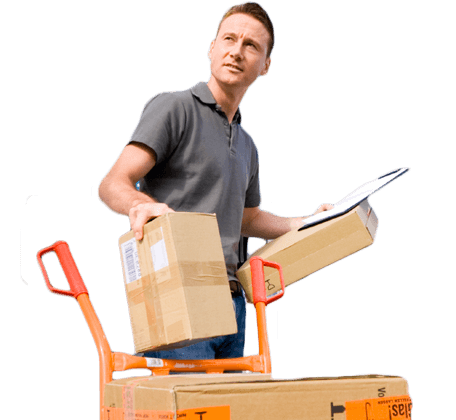Safe Packing Methods for Breakables
Posted on 27/08/2024
When it comes to moving or shipping fragile items, ensuring they arrive in one piece can be a daunting task. Whether you are relocating to a new home or sending a cherished heirloom to a loved one, proper packing methods are essential for protecting breakables. This article aims to provide you with comprehensive tips and strategies to keep your fragile items safe during transit.
Choose the Right Packing Materials
One of the first steps in safely packing breakables is selecting the appropriate packing materials. Using the correct materials can significantly reduce the risk of damage. Here are some essentials:
- Bubble Wrap: Provides cushioning and shock absorption.
- Packing Paper: Ideal for wrapping fragile items to prevent scratching and chipping.
- Packing Peanuts: Fills voids in boxes to prevent movement.
- Corrugated Boxes: Strong boxes that offer better protection than standard cardboard.
- Foam Sheets: Additional layer of protection for delicate items.

Proper Wrapping Techniques
How you wrap your breakables plays a crucial role in their safety. Follow these expert wrapping techniques to ensure optimal protection:
- Wrap Each Item Individually: Use bubble wrap or packing paper to wrap each item separately.
- Double Wrap for Extra Protection: For highly fragile items, double layer of bubble wrap or foam sheets can provide extra security.
- Secure with Tape: Ensure the wrapping material is secured with tape to prevent it from coming loose during transit.
Layering and Placement in Boxes
After wrapping each item properly, the next step is to place them strategically in boxes. Here's a guide for efficient placement:
- Cushion the Bottom: Start with a layer of packing peanuts or crumpled paper at the bottom of the box.
- Heaviest Items First: Place the heaviest, most durable items at the bottom to create a stable base.
- Fill Voids: Use packing peanuts or paper to fill any gaps between items to prevent movement.
- Layering: Place a layer of cushioning material between each layer of items for additional protection.
- Top Cushion: Finish with a final layer of packing peanuts or crumpled paper on top before sealing the box.
Labeling Boxes Correctly
Proper labeling is essential for handling and placement during transit. Here's how to label your boxes effectively:
- Fragile Label: Clearly mark the box with "FRAGILE" to indicate the need for careful handling.
- Handle with Care: Additional labels such as "Handle with Care" can provide extra assurance.
- Contents Description: Including a brief description of the contents can be helpful, especially if you are using a moving service.
- Orientation Markings: Indicate which side of the box should face up with arrows or "This Side Up" labels.
Pros and Cons of DIY Packing
Packing breakables yourself can be both rewarding and challenging. Consider these pros and cons:
- Pros:
- Cost-effective compared to professional packing services.
- Allows for personalized care and attention to each item.
- Flexibility in packing at your own pace.
- Cons:
- Time-consuming and labor-intensive.
- Risk of improper packing leading to potential damage.
- Lack of specialized knowledge that professionals may have.
Additional Tips
Here are some additional tips to further ensure the safety of your breakables:
- Use Small Boxes for Heavy Items: Avoid large boxes for heavy, fragile items to make them easier to carry and reduce the risk of dropping.
- Consider Climate-Controlled Storage: If storing fragile items, choose a climate-controlled environment to prevent damage from extreme temperatures or humidity.
- Invest in High-Quality Tape: Good quality tape can make a significant difference in maintaining the integrity of your boxes.
- Test the Stability: Before sealing a box, gently shake it to ensure items are well-secured and do not move.

Takeaways
Safe packing methods for breakables require careful planning, proper materials, and attention to detail. Wrapping each item individually, securing them within boxes, and labeling them appropriately are critical steps to ensure their safe arrival.
Conclusion
Packing breakables securely is a meticulous process that can save you from the disappointment and expense of damaged items. By following the best practices outlined in this guide, you can ensure your fragile belongings are well protected whether you are moving across town or shipping them across the country.



